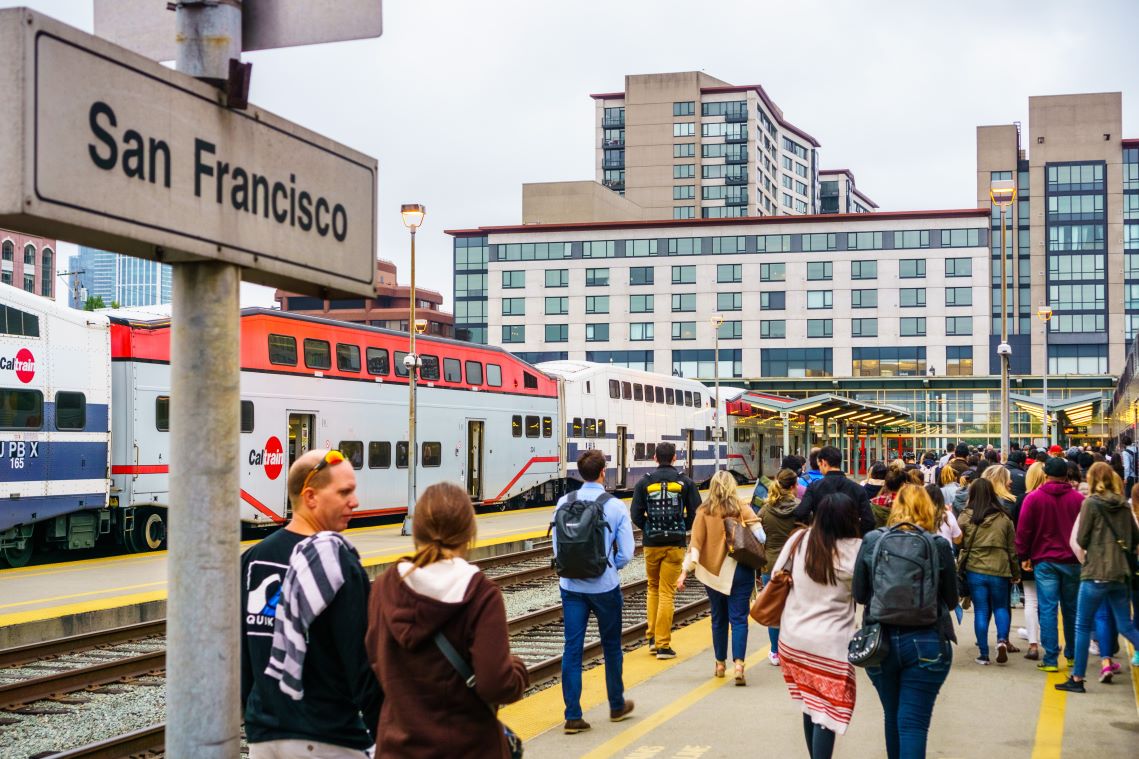
Caltrain, the San Francisco regional passenger rail operator, has completed an order for five new complete train units from manufacturer Stadler.
The order consists of four bi-level electrical multiple units (EMUs) and one battery-equipped electric multiple unit train (BEMU). The order has been placed with Stadler’s US arm, based in Salt Lake City, Utah.
While the dollar figure for the contract has not been revealed by the parties, funds for the new units were allocated by the California Transportation Commission (CTC) from an $80m pot awarded to the CTC by the California State Transportation Agency.
The purchases are part of Caltrain’s “switch from fossil fuels to electric power”, according to Secretary of the California State Transportation Agency Toks Omishakin.
The new EMUs and BEMUs will operate on the Caltrain line from central San Francisco to San Jose, which is fully electrified via overhead cables. The BEMU will also operate on the southern portion of the line, from San Jose to Gilroy, which is not yet electrified.
The BEMU “will charge while the train runs on overhead power in the electrified service areas and then use battery charge to travel ‘off-wire’ on nonelectrified line areas,” according to Stadler US.
How well do you really know your competitors?
Access the most comprehensive Company Profiles on the market, powered by GlobalData. Save hours of research. Gain competitive edge.

Thank you!
Your download email will arrive shortly
Not ready to buy yet? Download a free sample
We are confident about the unique quality of our Company Profiles. However, we want you to make the most beneficial decision for your business, so we offer a free sample that you can download by submitting the below form
By GlobalDataUpon delivery of the five new trains, Caltrain said it would be able to operate 90% of its services with electric locomotives.
In a statement, Caltrain’s board chair Jeff Gee said: “We’re excited to be the first in the nation to pilot this hybrid electric and battery service to extend our zero-emission service beyond our electrified service areas, which will not only allow for more sustainable and environmentally friendly operations but also faster and more reliable travel times for riders.”


